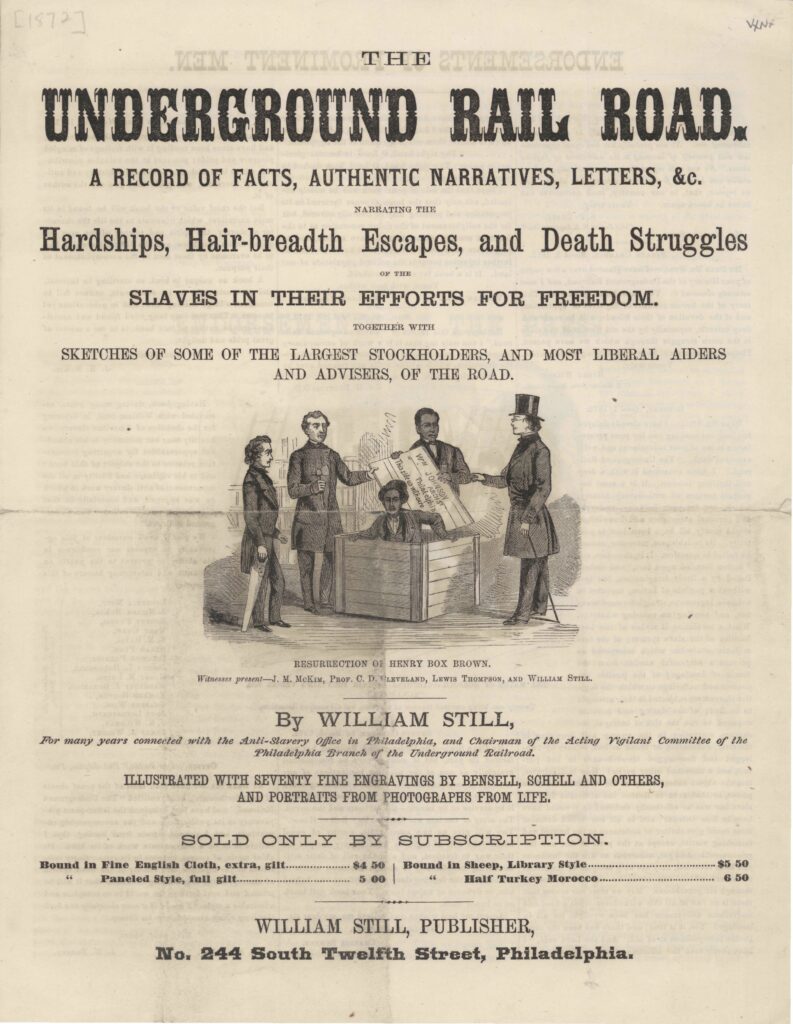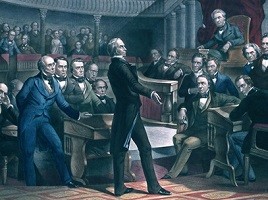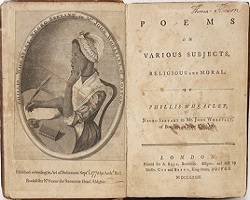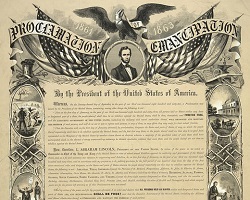Unearthing the Truth: Challenges in Verifying Underground Railroad Statistics
The Underground Railroad stands as a testament to the bravery and resilience of individuals who risked everything to help enslaved people escape to freedom during the 19th century. While the tales of heroism and courage are well-documented, one aspect that continues to challenge historians and researchers is the accurate verification of statistics regarding the number of slaves who successfully escaped via the Underground Railroad. We will explore the challenges and potential solutions in the quest to uncover accurate statistics about the Underground Railroad.
Challenges
- Lack of Formal Records: The clandestine nature of the Underground Railroad meant that there were no formal records kept by its operators. This absence of documentation makes it incredibly challenging to provide exact numbers.
- Secrecy and Codes: Conductors and stations along the Underground Railroad communicated using codes and secret language. While these codes were essential for maintaining the secrecy of the network, they make it difficult for historians to decipher the true extent of its operations.
- Varying Definitions of “Freedom”: Different sources and accounts may have differing definitions of what constituted a “freed” person. Some may have only considered those who reached Canada or a free state as “freed,” while others may include those who found relative safety within sympathetic communities.
Solutions
- Oral Histories and First-Person Accounts: One of the most valuable sources of information about the Underground Railroad is the oral histories and first-person accounts of those who lived through it. Interviewing descendants of escaped slaves, conductors, or abolitionists can provide valuable insights into the operations and the number of people involved.
- Archival Research: While there are no official Underground Railroad records, archival research can uncover documents related to its operations. This might include personal letters, diaries, and even legal documents that mention escaped slaves.
- Cross-Referencing Multiple Sources: Historians can cross-reference multiple sources, including newspaper articles, abolitionist writings, and personal letters, to piece together a more accurate picture of the Underground Railroad’s activities and the number of slaves who escaped.
- Analyzing Census Data: Census records from the 19th century can provide some insight into the movement of enslaved people. Researchers can analyze changes in population figures, migration patterns, and other demographic data to estimate the impact of the Underground Railroad.
- GIS Mapping: Geographic Information Systems (GIS) can help historians visualize the routes and locations of Underground Railroad activity. By mapping the known routes and safe houses, historians can gain a better understanding of the network’s reach.
- Collaborative Research: Collaboration among historians, researchers, and institutions is crucial. Sharing findings and insights can lead to a more comprehensive understanding of the Underground Railroad’s operations and the number of freed slaves.
Conclusion
Uncovering accurate statistics about the number of slaves who escaped via the Underground Railroad remains a challenging endeavor. The lack of formal records and the secrecy surrounding its operations are significant obstacles. However, through a combination of oral histories, archival research, cross-referencing multiple sources, and modern technology like GIS mapping, historians continue to piece together a clearer picture of this remarkable chapter in American history. While we may never have precise numbers, the stories of courage and resilience that emerge from this research are a testament to the indomitable human spirit and the pursuit of freedom.
Category: Facts






